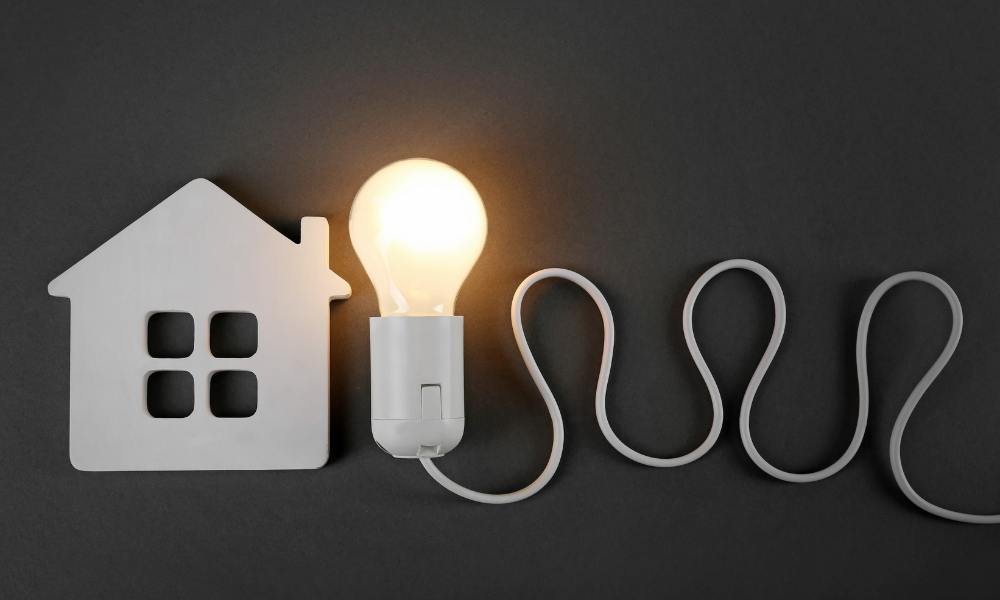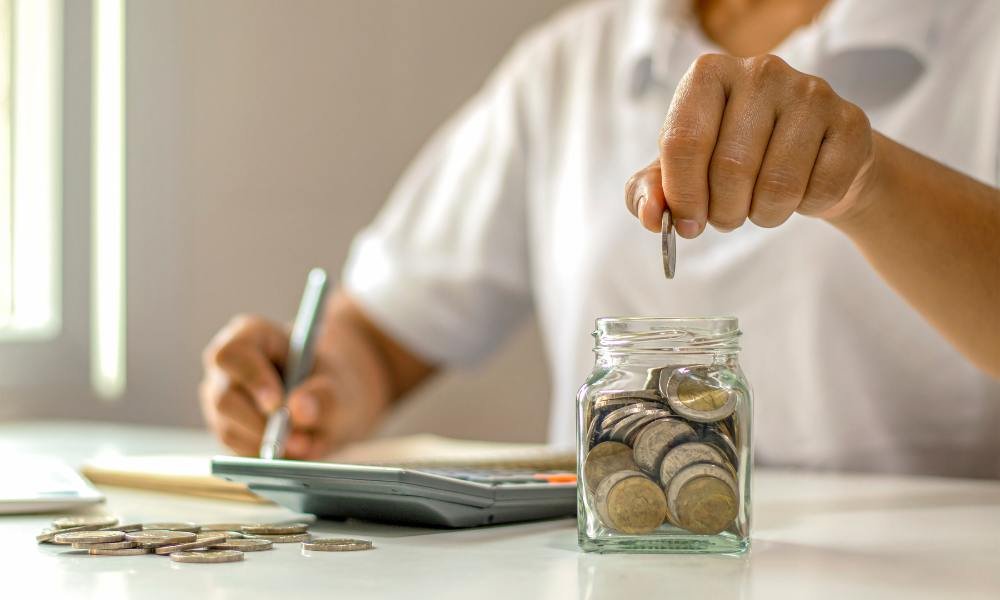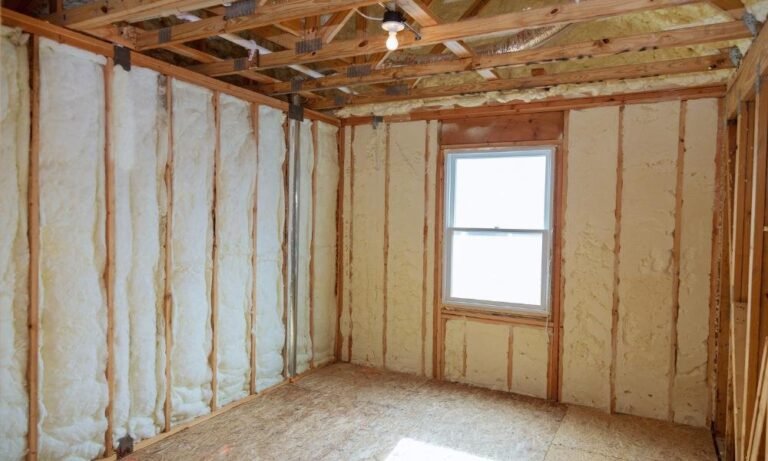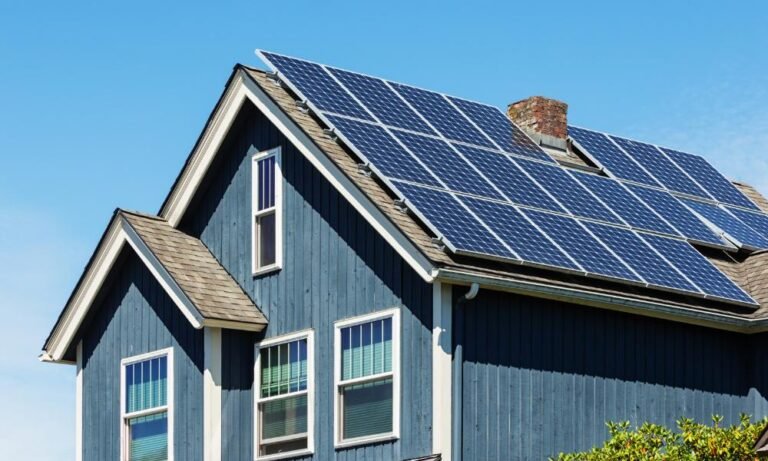Estimated reading time: 5 minutes
When was the last time you looked at your utility bill and thought, That’s not too bad? Yeah, me neither. The truth is, most of us are paying more than necessary, and much of it comes down to wasted electricity and heating. That’s where a home efficiency check comes in.
I’ve seen firsthand how a simple assessment can uncover hidden inefficiencies that drive up costs. The best part? Fixing these issues doesn’t just lower expenses—it makes your home more comfortable and environmentally friendly too.
What You’ll Learn in This Guide
- What an efficiency inspection actually is (hint: it’s more than just checking your thermostat)
- The biggest culprits behind high electricity and gas bills
- How a professional evaluation leads to real savings
- Simple steps to get started—whether you go DIY or hire a specialist
- Why small improvements today can mean major savings tomorrow
What Is a Home Energy Assessment and Why Should You Care?

Think of a home energy assessment as a check-up for your house. I examine how efficiently your home uses power, where it’s being wasted, and what can be done to fix it. It’s about sealing up financial leaks—because that’s essentially what excess consumption is.
During this process, I evaluate:
- Drafts from windows, doors, and ductwork
- Insulation levels in attics, walls, and crawl spaces
- Heating and cooling system efficiency
- The power draw of household appliances
- Lighting and water heating usage
By identifying weak spots, we can make targeted upgrades that lead to noticeable cost reductions. And no, you don’t need to replace everything in your house—sometimes, minor tweaks make a huge difference.
Biggest Money-Wasting Culprits in Your Home
You might be surprised where energy loss is happening. Here are some of the biggest offenders I see in most homes:
1. Drafts That Let Money Escape
If you can feel cold air creeping in around your windows and doors, your hard-earned dollars are literally slipping away. Gaps and cracks force heating and cooling systems to work harder, increasing your monthly expenses. Sealing these leaks can cut waste by up to 20%.
2. Poor Insulation That Makes Your HVAC Work Too Hard
Insulation is like a winter coat for your house—without it, warm and cool air slip away too easily. Adding more, particularly in attics, helps regulate indoor temperatures while reducing unnecessary strain on your heating and cooling systems. Upgrading insulation is one of the smartest investments for long-term savings.
3. Inefficient Heating and Cooling Systems
Your HVAC system accounts for nearly half of your home’s power consumption. If it’s outdated or not maintained properly, it’s likely using more energy than necessary. Sometimes, a simple tune-up or filter change can boost performance. In other cases, upgrading to a more efficient model is a better solution.
4. Outdated Appliances and Lighting
Older refrigerators, water heaters, and washing machines tend to be power-hungry. The same goes for incandescent bulbs. Switching to ENERGY STAR-rated appliances and LED lighting can lower your overall usage significantly.
5. Phantom Power Drain
Many electronic devices—TVs, gaming consoles, and phone chargers—continue drawing power even when turned off. Using smart power strips or unplugging devices when they’re not in use can stop this silent energy drain.
How an Assessment Leads to Real Cost Savings
So, how does an efficiency inspection actually save you money? Here’s what happens once you address the issues uncovered during the process:
Lower Utility Bills – Sealing leaks, improving insulation, and upgrading appliances can reduce costs by 10–30%.
Fewer Emergency Repairs – Spotting small problems early prevents costly breakdowns later.
Increased Home Value – Properties with high efficiency ratings attract buyers willing to pay a premium for lower ongoing expenses.
Rebates & Incentives – Many states and utility companies offer financial rewards for making eco-friendly improvements.
If you’re considering solar power, an energy check-up is a smart first step. Making your home more efficient means needing fewer solar panels to meet your electricity needs, which maximizes your investment. Find out if solar is right for you.
Getting Started: DIY vs. Professional Inspections
You have two options: perform a basic check yourself or hire a professional for a more detailed analysis.
DIY Home Efficiency Check
If you want to get an idea of where your home stands, here are a few things you can do on your own:
- Check for drafts by holding a candle near doors and windows to see if the flame flickers.
- Inspect insulation levels in attics and basements.
- Review past utility bills to spot unusual spikes in usage.
- Test for phantom power by unplugging devices and checking your electric meter.
For a step-by-step guide, check out these DIY tips.
Hiring a Professional
A trained auditor uses specialized tools like infrared cameras and blower door tests to pinpoint inefficiencies you wouldn’t find on your own. This is the best option if you want specific recommendations and precise cost-saving estimates.
Want a breakdown of what to expect? Here’s a detailed guide.
Small Fixes Today = Big Savings Tomorrow

Once your assessment is complete, the next step is making improvements. Here are some quick and affordable fixes that pay off fast:
Weatherstrip doors and windows – Blocks drafts and cuts heating/cooling waste.
Upgrade to a smart thermostat – Adjusts temperatures automatically for maximum efficiency.
Seal ductwork – Prevents heated or cooled air from escaping before it reaches your rooms.
Consider solar power – If your home is efficient, adding solar panels can further reduce costs. Learn how solar cuts expenses.
Final Thoughts: Take Control of Your Bills
Paying too much for utilities doesn’t have to be inevitable. A home energy check-up is one of the easiest ways to reduce waste, improve comfort, and lower expenses.
If you’re serious about cutting costs and boosting efficiency, schedule a professional assessment or try a DIY review. Either way, the sooner you address energy loss, the sooner you’ll see results.



